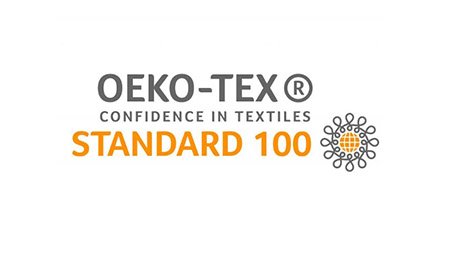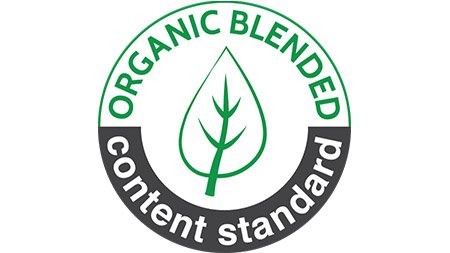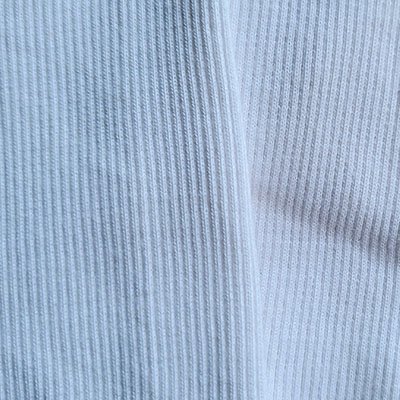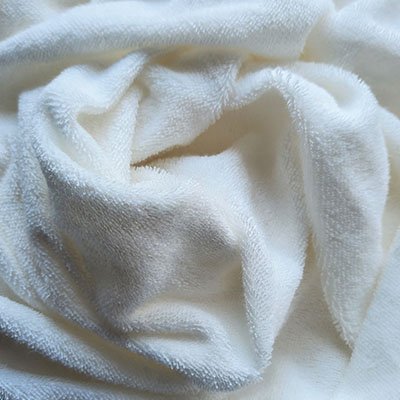
Certification of Fabrics

Global Organic Textile Standard (GOTS)
The GOTS certification is the worldwide leading textile processing standard for organic fibres. It is the most complete standard as it covers ecological and social criteria, backed up by independent certification of the entire textile supply chain. It covers all aspects of the production from fibre to fabric and incorporates strict guidelines regarding working conditions, labour laws and environmental factors such as waste management.

Oeko-tex standard 100 certification
This certification ensures fabrics are free of harmful chemicals and completely safe for human use. To attain Oeko-Tex Standard 100 certification, the fabric has been tested & free from harmful levels of more than 100 substances known to be harmful to human health. The Oeko-tex certified fibre is commonly used for children’s garments and activewear.

Organic Content Standard (OCS)
Organic Content Standard blended (OCS blended) verifies the presence of organic materials and tracks the flow of raw material from its source to the final product. Focusing on the integrity of the organic material, this certification covers processing, manufacturing and distribution.

Forest Stewardship Council (FSC) certification
The Forest Stewardship Council®(FSC®) is a global, not-for-profit organization dedicated to the promotion of responsible forest management worldwide. FSC defines standards based on agreed principles for responsible forest stewardship that are supported by environmental, social, and economic stakeholders. To find out more visit: www.fsc.org
Fabrics such as rayon, viscose, modal, lyocell are all made from cellulose fibres (which come from trees).

European Flax® certification
Linen is produced from the flax plant and is grown all over the world. However, European Linen comes from flax grown in Western Europe; France, Belgium and the Netherlands. Due to the ideal soil and climate conditions, the flax fibre is strong and can reach up to 1 metre tall. European flax linen is known for its premium quality in comparison to flax grown in other continents. The certification also guarantees that it’s grown in an eco-friendly environment with no irrigation, GMO and zero waste.

Livaeco by Birla Cellulose™
Livaeco by Birla Cellulose™ is sourced from FSC® certified sustainable forests. Livaeco fabric is Pro-Planet and helps save water, maintain forest cover, biodegrades fast and reduces CO2 emission.

LENZING™ ECOVERO™
Derived from certified renewable wood sources using an eco-responsible production process by meeting high environmental standards, LENZING™ ECOVERO™ fibers tailor to a sustainable lifestyle, contributing to a cleaner environment.

Global Recycled Standard (GRS)
The Recycled Claim Standard (RCS) and Global Recycled Standard (GRS) are international, voluntary standards that set requirements for third-party certification of recycled input and chain of custody. The shared goal of the standards is to increase the use of recycled materials. The GRS includes additional criteria for social and environmental processing requirements and chemical restrictions.

Tanboocel ®
“Tanboocel” bamboo fiber is made from bamboo pulp using patented technology. The environmentally friendly process is completed in a closed loop system, where the chemicals are recycled and reused.
The fiber is biodegradable and offers many benefits such as breathability, thermal regulating, antibacterial and is hypoallergenic.








 Silk is a natural fiber which is extracted from the cocoons of silkworms. Amazingly, one continuous thread from a single cocoon can measure up to 900 meters! It’s also incredibly strong – one of the strongest natural fibers in the world.
Silk is a natural fiber which is extracted from the cocoons of silkworms. Amazingly, one continuous thread from a single cocoon can measure up to 900 meters! It’s also incredibly strong – one of the strongest natural fibers in the world. Silk fabric is measured by momme weight (mm). The bigger the number the heavier the silk weight, meaning more silk has been used in the weaving process. A very sheer silk chiffon may be 6mm while a silk satin might be 16mm.
Silk fabric is measured by momme weight (mm). The bigger the number the heavier the silk weight, meaning more silk has been used in the weaving process. A very sheer silk chiffon may be 6mm while a silk satin might be 16mm.